When I was on my honeymoon in India, my stomach never felt better. Most people would think that you might get sick eating the food in India, but for me it was the best that I had felt in a long time. I know now that it was because I was eating almost entirely gluten-free for 3 weeks, without knowing it. The Indian diet, aside from the breads (naan, roti and chapati) and some snacks, is gluten-free. Rice, chickpeas and lentils, and flours made from all of these, are used in much of their food.
When I returned home, my stomach problems became worse than they had ever been — of course, because I was eating American gluten-laden food again! At the time I chalked up it up to stress at work, although I really wasn’t stressed at all, but I had no other conclusion. Right before my wedding, I had a bone marrow exam because of my severe anemia. I delayed calling the doctor for the results until I came back — I figured if it was cancer, I didn’t want to know about it before my honeymoon. Luckily, it wasn’t, but the doctors still didn’t know what was ailing me. 2 months later I was diagnosed with celiac disease. I do believe that trip to India helped me get to that diagnosis sooner.
Needless to say, I love Indian food! While I was there, my husband and I took a cooking class from an Indian woman named Nimmy Paul in her home in Kerala, India. Here I am making palappam which are “lacy rice pancakes” (but these also contain a little semolina or cream of wheat).
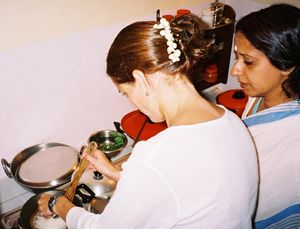
In addition to the main dishes, the dal (lentils) and the rice, there are lots of other foods that are gluten-free and can be found in an Indian grocery or online. Indian people are probably the nicest people on earth, so go ahead and wander into a restaurant or market and ask for help!
Here are some of my favorites:
Papadum (there are a lot of different spellings for this word) – this thin crispy wafer is usually made from lentil flour and spiced with chili or black pepper. It starts as a round hard disc and when fried in oil, puffs up (great entertainment for the kids!) If you want a less oily version, you can microwave it until it puffs up – it won’t be a crispy as the fried one, and a little chewier, but still good. I found these mini plain versions, which also contain rice flour. They are a great size for kids and have no spice except salt. I love these and my 18 month old loves them too!
Papadum before and after frying:
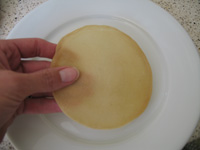
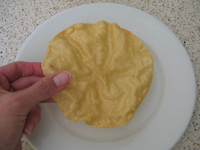
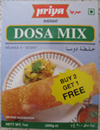 Dosa – these are thin pancakes or crepes from lentil and rice flour that are usually served with sambar, which is like a stew. I loved having these for breakfast in South India. You can buy a Dosa mix and make your own! (Stay away from maida dosa or rava dosa, which contain wheat.)
Dosa – these are thin pancakes or crepes from lentil and rice flour that are usually served with sambar, which is like a stew. I loved having these for breakfast in South India. You can buy a Dosa mix and make your own! (Stay away from maida dosa or rava dosa, which contain wheat.)
Idli – these are little flying-saucer shaped cakes made from black lentils and rice. They are also served with sambar or chutney. There is an Idli mix you can buy, but you also need an idli steamer (Stay away from rava idli, which contain wheat.)
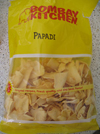
Snacks – many are made with chickpea or rice. Watch out for the spicy ones! The chips shown are made from chickpea flour.
Tip: When checking ingredients, don’t worry if you see the word “gram.” This is not the same as our word graham, which is wheat. Gram means a lentil or chickpea (garbanzo bean). For example, black gram (also called urad or urad dal or udad) is a black lentil and is gluten-free. Gram flour, or chana flour, means chickpea flour.
Beware of other allergens: nuts and dairy are used in Indian cooking.

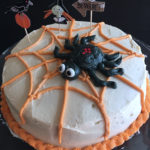
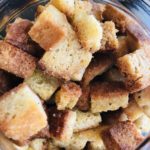
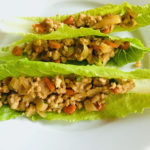

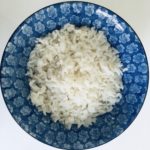
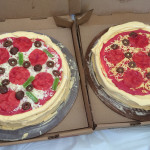
Don Tombs says
Take a look at our web site Gluten-Free free recipes, there is something there for everybody.
http://www.glutenfree-crawley.org.uk
If you don’t belong to a gluten free group, then set one up yourself, its very rewarding.
Don Tombs Organiser & Founder CGFG
email: crawleyglutenfreegroup@hotmail.co.uk
Dee/reddirtramblings says
This was a really good post. You gave good information about the Indian diet and gluten intolerance. I’m glad you got your diagnosis. I’ve been gf/cf for over a year, and I feel so much better.~~Dee
Buy Acai Info says
I just found your website from another blog where someone nominated you as one of the best health blogs online.
I have to say I don’t know much about food that contain gluten. But am surprised to know that it plays a big part in the status of one’s health. So after this post, I’ll have to go to Google and know more about this gluten thing.Stupid me, eh?
I’m just starting to live a healthier lifestyle and am really interested to know more about the things I need to watch out for. So thanks for this post.
And ooh.. ohh.. I luurve Indian food too! Palaak paneer! Rogan Josh.. yumm yumm. And I agree about what you say about INdian people. They are one of the kindest people I’ve met.
jeniren says
Great to find your website. I have eaten gluenfree and dairyfree for 28 years since my son was 2yo. His health and behaviour was wonderful as long as he ate GFCF. We also avoided artificial colours and flavours, chocolate, oranges and usually eggs. I ate GFCF so we all ate the same and was amazed to find how much my health has improved. It is frustrating when others think i am just imagining the difference and are eating that way because i like to be different. Nothing else I do would suggest that was the case. I teach high school and see lots of students that I think would benefit from a GFCF diet.
Beth says
Alison, you may want to read “The China Study”. I think it would make you understand why eating the “Indian Way”, made your stomach feel better. Also, Dr. Joel Furhman’s book, “Eat to Live” as well as the many books written by Dr. Caldwell Esselstyn and Dr. John McDougal. All of these doctors. as well as many more. believe the standard American diet is to blame for all these immune disorders that are not happening in other countries that don’t eat like we do. I hope you will check them out. Besides going GF, following their diet has helped me immensely.
Thank you for all your helpful info. I bet you were a beautiful bride!!
Beth
alison says
Thanks Beth,
I always like to know of new books to further my health education!
Terra says
Stumbled across your site trying to learn about migraines and gluten (thanks for all of the wonderful information). Do want to mention that Hing may not be safe for Celaics. An Indian friend said that they had to get Hing from India rather than in the US for her sister-in-law with Celaics because the Hing available here had wheat in it. Pappad usually contains Hing.
Alison says
Terra,
What is Hing? I’ve never heard of it!
Terra says
Hing and Asafoetida are the same thing. It seems that some brands have rice flour added and some have wheat added to help dilute the hing and help it not cake. I just don’t know how strict they are in listing ingredients of ingredients.